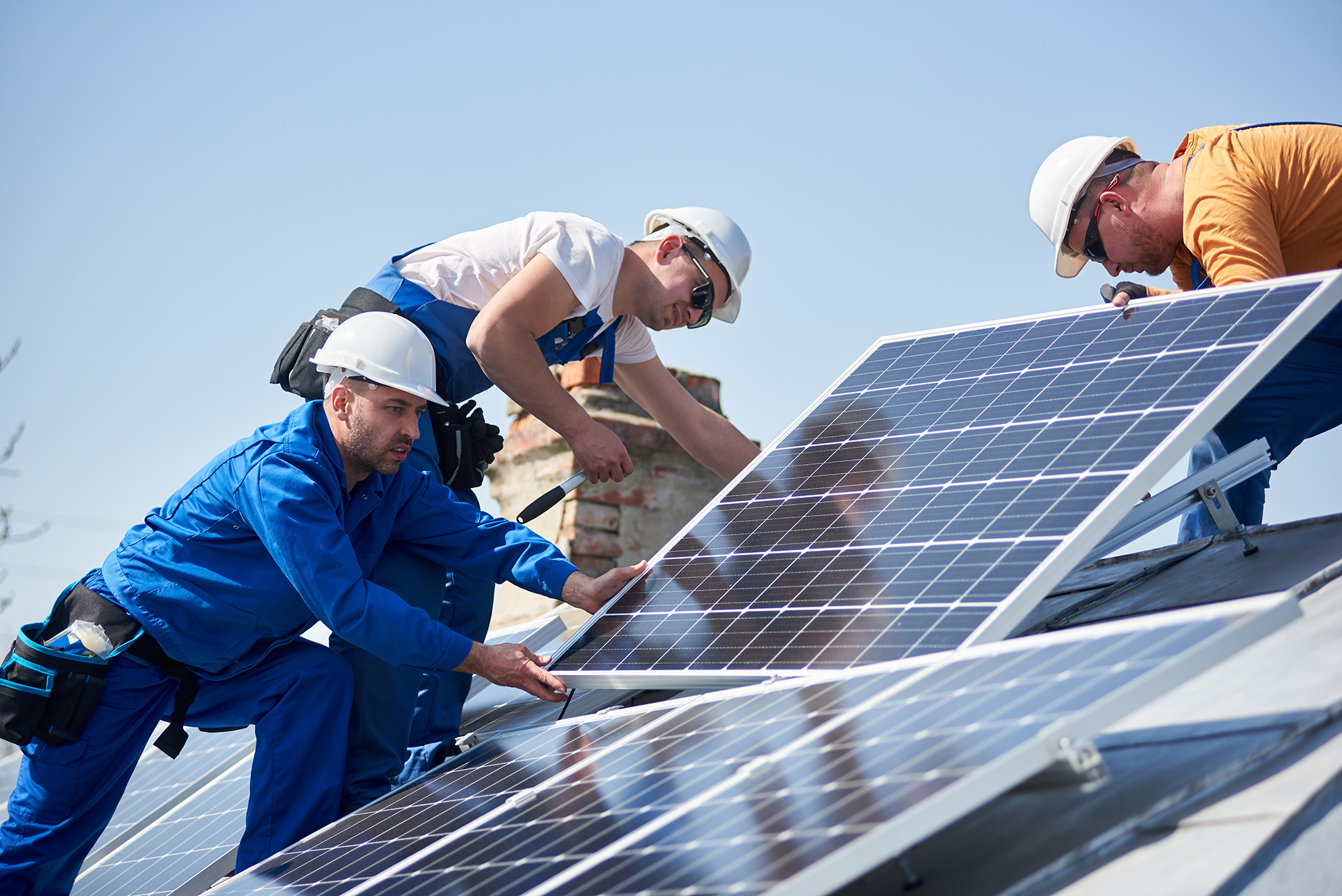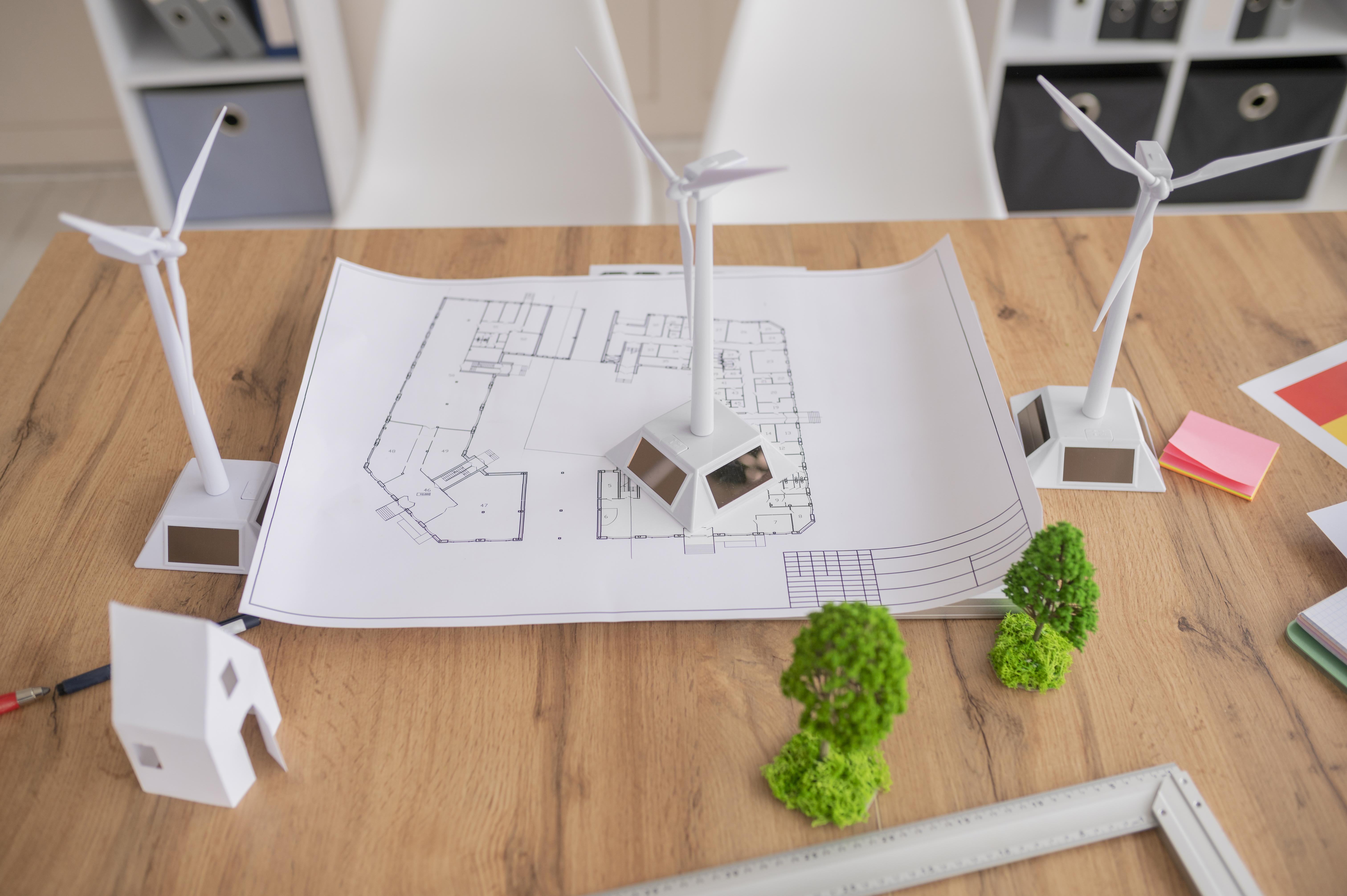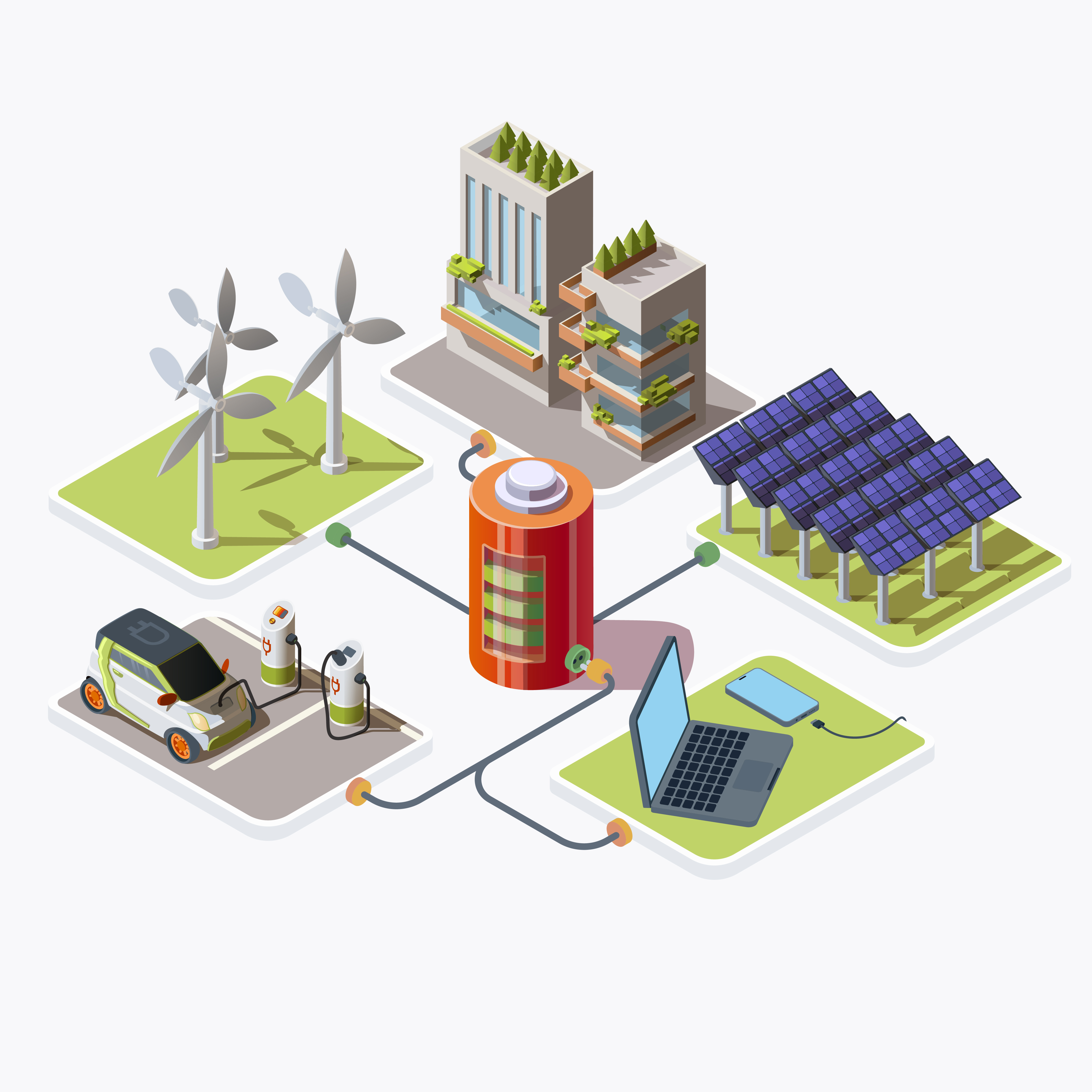Table of Contents
ToggleIntroduction
In case you’re seeking toimprove your charging expertise or uninterested instage 1 EV chargers, also known as “granny chargers,” choosingprobably the greateststage 2 dwelling EV chargers for electricalautomobiles is a cleverdetermination. Imagine me, investing in a stage 2 EV charger is rather more cost-effective than a stage 3 DC charger. With quite a fewelectricalautomobile charger sellersout thereprovidinga variety of dwellingelectricalautomobile charging options, choosingthe precise one is usually adifficultprocess.On this complete information, we’ll discover the steps to decide on an appropriate electrical automobile charger that can assist you choose the proper dwelling electrical automobile charger on your wants.
Forms of EV chargers – Stage 1, Stage 2, and DC Quick Chargers
In the case of EV chargers, there are three most important sorts to select from: Stage 1, Stage 2, and DC Quick Chargers. Every sort has its personal advantages and disadvantages, and it’s vital to know the variations between them earlier than you make your determination.Stage 1 chargers symbolize essentially the most basic sort of electrical automobile (EV) charger accessible in the marketplace. Usually offered as commonplace gear with the acquisition of an electrical automobile, these chargers function the entry level for EV house owners into the world of dwelling charging. This is a more in-depth take a look at what Stage 1 chargers entail and the way they perform:
Stage 1 chargers are designed to function with an ordinary 230 Volt AC outlet, generally present in residential settings. These chargers are characterised by their simplicity and ease of use, making them accessible to a variety of EV house owners. Usually, Stage 1 chargers are outfitted with an ordinary plug that may be inserted right into a family outlet, eliminating the necessity for specialised infrastructure or set up. Because of their fundamental specs, Stage 1 chargers have comparatively gradual charging charges in comparison with higher-level chargers. Relying on the dimensions and capability of the automobile’s battery, Stage 1 chargers can take wherever from a number of hours to over a day to completely cost an EV. For instance, a Stage 1 charger might take roughly 34 hours to completely cost a automobile with a bigger battery capability.
Stage 1 chargers are finest fitted to EV house owners with particular utilization patterns and necessities. They’re notably preferrred for people who’ve quick each day commutes or restricted driving wants, because the slower charging speeds might not be sensible for frequent or long-distance journey. Moreover, Stage 1 chargers are appropriate for householders who’ve entry to {an electrical} outlet close to their parking spot, as they will conveniently cost their automobiles in a single day.
Stage 2 Chargers
Stage 2 chargers provide quicker charging instances in comparison with Stage 1 and require a devoted 240V circuit for operation. One notable Stage 2 charger is the Wallbox Pulsar Plus, identified for its compact dimension and highly effective efficiency, particularly designed for dwelling charging. The Wallbox Pulsar Plus makes use of 240V, Stage 2 charging expertise to offer quicker charging at dwelling. With adjustable capability starting from 16A to 40A or 48A (relying on the mannequin), it may well add as much as 50-55 kilometers of vary per hour, catering to numerous electrical automobile fashions.
The Pulsar Plus is designed for straightforward set up, making it handy for householders. It could cost any electrical automobile in the marketplace and is future-ready to deal with extra highly effective EV batteries, making certain compatibility as expertise advances. The Wallbox Pulsar Plus is suitable with a variety of electrical automobiles, together with Teslas with using a Tesla-provided adapter.
The Pulsar Plus provides connectivity and sensible performance. By connecting the charger to your sensible machine utilizing the myWallbox app through Wi-Fi or Bluetooth, you possibly can wirelessly management and monitor your charging classes. With voice management capabilities enabled, you should use Amazon Alexa or Google Assistant to conveniently management and monitor your charger with easy voice instructions.
Onboard Intelligence
The Pulsar Plus options onboard intelligence that lets you plug in, cost, and handle your charging schedule even with out an web connection, making certain a seamless charging expertise.The Wallbox Pulsar Plus exemplifies the mix of compact design, highly effective efficiency, and sensible options in a Stage 2 charger, offering an environment friendly and user-friendly charging answer for residential EV house owners.
DC quick chargers, also called Stage 3 chargers, present the quickest charging instances and are generally present in public charging stations. One distinguished instance of a DC quick charger is the ChargePoint® Specific 250. relies on industry-leading DC fast-charging expertise, engineered to quick cost present and next-generation electrical automobiles, buses, and vehicles. With two Energy Modules delivering as much as 62.5 kW to a automobile, it provides speedy charging capabilities.
DC quick chargers just like the ChargePoint® Specific 250 require specialised set up and are usually present in public charging infrastructure. They’re designed to accommodate legacy and future battery packs, supporting a large voltage vary from 200V to 1,000V. The ChargePoint® Specific 250 is suitable with varied electrical automobiles outfitted with charging ports that adhere to {industry} requirements.This charger boasts high-efficiency energy conversion, with over 96% effectivity. This not solely reduces electrical energy prices but in addition minimizes wasted power, making it an environmentally pleasant possibility.
Understanding charging speeds and energy ranges
In the case of charging an electrical automobile, the charging pace and energy stage are vital components to contemplate. Charging pace is the speed at which the battery is charged, and it’s measured in kilowatts (kW). Energy stage refers back to the quantity of energy the charger can output, and it’s measured in volts (V) and amperes (A).
For Stage 1 and Stage 2 chargers, the charging pace and energy stage are decided by the voltage and amperage of the outlet. Stage 1 chargers use an ordinary 240-volt outlet and usually output 2.4 kW of energy. Stage 2 chargers use a single part 240v AC or three part 415v AC connection and might output wherever from 3.3 kW to 22 kW, relying on the charger’s energy stage.
DC Quick Chargers, then again, use a high-powered DC present to cost the battery a lot quicker than Stage 1 or Stage 2 chargers. DC Quick Chargers can output wherever from 50 kW to 350 kW, relying on the charger’s energy stage. Nevertheless, it’s vital to notice that not all electrical automobiles are suitable with DC Quick Chargers, so it’s vital to test your automobile’s specs earlier than utilizing one.
Elements to contemplate when selecting an EV charger – compatibility, energy output, and charging location.
When selecting an EV charger, there are a number of components to contemplate making certain that you choose the precise one on your wants. Listed here are a number of the most vital components to remember:Compatibility: Not all electrical automobiles are suitable with all varieties of chargers, so it’s important to test your automobile’s specs earlier than buying a charger.Energy Output: Stage 1 chargers have a hard and fast output whereas Stage 2 chargers might have an adjustable output through a dial or an APP, whereas DC Quick Chargers can output a spread of energy ranges. Think about your each day driving habits and charging wants to find out the suitable energy output on your charger.
Charging Location: Think about the place you’ll be doing most of your charging and choose a charger that’s applicable for that location.Residential EV chargers are designed for dwelling use and are available in two most important sorts: wall-mounted chargers and moveable chargers. Wall-mounted chargers are completely put in in a hard and fast location, whereas moveable chargers could be moved from one location to a different.
Moveable chargers are a flexible charging answer that can be utilized each at dwelling and on-the-go. These chargers are usually smaller and fewer highly effective than wall-mounted chargers, however they supply larger flexibility and comfort. Moveable chargers come in several energy ranges, starting from 1.4 kW to three.0kW, and might cost an electrical automobile in round 34 hours, relying on the battery dimension.
Business EV chargers – public charging stations and office charging stations.
Business EV chargers are designed for companies and public areas and supply a handy and dependable charging answer for electrical automobile house owners. There are two most important varieties of business EV chargers: public charging stations and office charging stations.
Public charging stations are usually positioned in public areas, reminiscent of parking tons, procuring facilities, and relaxation areas. These chargers are designed to offer a fast and handy charging answer for electrical automobile house owners who’re on-the-go. Public charging stations come in several energy ranges, starting from 7 kW to 350 kW, and might cost an electrical automobile in as little as half-hour.
Office charging stations are designed for companies and organizations which have a fleet of electrical automobiles. These chargers present a handy and dependable charging answer for workers who personal an electrical automobile. Office charging stations come in several energy ranges, starting from 3.3 kW to 22kW, and might cost an electrical automobile in 4 to eight hours, relying on the battery dimension.
Sensible options and connectivity choices for EV chargers
Many EV chargers include sensible options and connectivity choices that will let you monitor and management your charging out of your smartphone or pill. A few of the hottest sensible options embody: Wi-Fi Connectivity: Lets you join your charger to your property or enterprise community and monitor your charging out of your smartphone or pill.
Smartphone App: Lets you monitor and management your charging out of your smartphone or pill.Vitality Monitoring: Lets you observe your charging power utilization and prices.Scheduling: Lets you schedule your charging to make the most of off-peak electrical energy charges.
In the case of putting in and sustaining an EV charger, there are a number of components to contemplate making certain that your charger operates effectively and safely. Listed here are a number of the most vital set up and upkeep issues:Electrical Capability: Make sure that your property or enterprise has sufficient electrical capability to assist the charger’s energy necessities.
Location: Select a location that’s simply accessible and offers sufficient air flow for the charger.Grounding: Make sure that the charger is correctly grounded to forestall electrical shock.Upkeep: Commonly examine and keep your charger to make sure that it operates effectively and safely.
Conclusion
Choosing the proper dwelling EV charging answer is a vital step in the direction of having a easy charging expertise. With the intention to select essentially the most applicable EV charger, you should perceive your charging wants and the kind of EV charger, select the precise sort of charger, and think about the charger’s options and sensible expertise. Speaking along with your EV charger supplier earlier than making a choice may have a constructive impression in your selection. By doing thorough analysis and selecting correctly, it is possible for you to to pick a house charger on your electrical automobile that’s dependable, environment friendly, and meets your wants.
FAQs
.What factors should I consider when choosing an EV charger for my home?
When selecting an EV charger, it’s essential to consider factors such as charging speed, compatibility with your vehicle, installation requirements, connectivity options, and warranty coverage. Additionally, assessing your daily driving habits and future needs can help determine the optimal charger for your home.
What are the different types of EV chargers available for residential use?
There are primarily three types of EV chargers for home use: Level 1 chargers, Level 2 chargers, and DC fast chargers. Level 1 chargers are typically slow chargers that use a standard household outlet, while Level 2 chargers offer faster charging speeds and require installation of a dedicated 240-volt circuit. DC fast chargers provide rapid charging capabilities but are less common for residential applications due to their high cost and power requirements.
How do I know if my home electrical system can support an EV charger?
Before installing an EV charger, it’s essential to assess your home’s electrical system to ensure it can support the charger’s power requirements. This may involve consulting with a qualified electrician to determine if your electrical panel has sufficient capacity and if any upgrades or modifications are necessary to accommodate the charger.
Can I install an EV charger myself, or do I need to hire a professional electrician?
While some Level 1 chargers can be plugged into a standard household outlet without the need for professional installation, Level 2 chargers typically require the expertise of a licensed electrician. Professional installation ensures compliance with local electrical codes, proper wiring, and safe operation of the charger, reducing the risk of electrical hazards and equipment damage.
Are there any incentives or rebates available for installing an EV charger at home?
Many states and utility companies offer incentives, rebates, or tax credits to encourage the adoption of electric vehicles and EV chargers. These incentives may vary depending on your location and utility provider but can help offset the cost of purchasing and installing an EV charger at home. It’s advisable to research available incentives and consult with your utility company or local government for more information.







